EEUU/23 may 2017/By: Alejandra Matos/ Source: The Washington Post
Main picture description:
Jeanell Ward, 18, left, and Adrian Washington, 20, bag greens for customer orders. River Terrace Education Campus is a school for students with severe special education needs. (Sarah L. Voisin/The Washington Post)
————————–
Adrian Washington fills a large plastic bag with two cartons of ripe strawberries, potatoes, a bushel of kale and a few tomatoes.
He spends his Wednesday mornings this spring at River Terrace Education Campus’s farmers market in Southeast Washington filling orders for teachers and community members.
Some of the vegetables sold at the market are grown in the school’s greenhouse and garden. River Terrace, which opened in 2015, serves 130 D.C. students from kindergarten to high school who have severe physical or intellectual disabilities. It aims to give them more individualized attention and prepare older students for independent lives after graduation.
Washington, 20, who wears headphones and listens to rap music to help him focus on his work, is one of about a dozen students who run the market as part of the school’s horticulture program. They learn how to plant seeds, care for the seedlings as they grow into vegetables and plants and how harvest them. They also care for the school’s greenhouse and maintain its lawn and flower beds.
Many schools in the District and elsewhere have gardens that are used to teach students about healthy eating and the process of growing plants and vegetables. But the program at River Terrace goes a step further: It aims to give an often under-served population of students a chance to gain skills that they can use for permanent employment.
“I didn’t know what arugula was or what kale was, but I learned really fast,” Washington said. “I learned everything I needed to keep it growing.”
The horticulture program is part of the school’s workforce development training. Students from age 18 to 22 can choose to focus on hospitality, health sciences or, as Washington did, horticulture.
Washington said he once wanted to be a scientist so he could learn about chemicals and save people’s lives. But now he wants a career in landscaping.
“I like planting living things,” he said.
Kelly Custer, who is in charge of the horticulture program, said the goal is to prepare students like Washington to have a full-time job and to be able to take care of themselves by teaching them how to budget their money and dress for a job interview. Most of his students struggle to read and write and are several grade levels behind in their education.
The students in the program, who are paid a modest stipend as interns, work about 10 hours a week at local urban farms and on the school grounds. They help grow vegetables at the University of the District of Columbia’s greenhouse, which supplies some other local farmers markets.
They also clean up trash from the Anacostia River, near the River Terrace campus. In the winter, the students grew some wetland plants in their greenhouse, and in the next few weeks they will plant those near the river.
“We try to provide them a well-balanced experience in landscape and horticulture with the idea that they can get employment in the field,” Custer said.
On Tuesdays, Custer and the students walk around the neighborhood near the school distribute fliers to invite the locals to the market. But most of their clients are teachers and staff at the school.
 The strawberries quickly sold out. (Sarah L. Voisin/The Washington Post)
The strawberries quickly sold out. (Sarah L. Voisin/The Washington Post)The farmers market recently boasted crates of kale going for $2 for half a pound. Tomatoes went for $1 per pound. Arugula, potatoes and strawberries were also in stock. Most of the vegetables were brought in from local farms because the school’s plants were not ready to harvest.
It’s Washington’s job to ensure the orders get filled, and he serves as a mentor to the younger students. He takes the forms from teachers and other shoppers who have marked down how many crates of strawberries or bags of potatoes they want. The other students huddle around him as he tells them which veggies to place in the bag.
Once filled, he sends the bag to the teacher’s classroom with one of the students.
Meanwhile, other students are taking order forms, ensuring teachers place their money in the pink pencil case used to store their proceeds. Robert Cruz, 20, is busy sweeping dirt off the sidewalk, watering the Swiss chard plants and mopping the greenhouse.
He enjoys making sure everything is clean and in order. Custer said Cruz took it upon himself to sweep and mop the entire classroom when he heard The Washington Post was going to write about the market.
He expects to graduate from the program this summer, and was recently interviewed for a job at a local hotel.
“I like to work,” Cruz said.
Before noon, the students focused on filling 26 orders. Most of their fruits and vegetables sold out. But before they continued their work for the remainder of the day, Cruz, Washington and other students savored some sweet strawberries under the spring sun.
 Student Jaquan Williams, 21, samples a strawberry that a customer purchased at the River Terrace Education Campus farmers market. (Sarah L. Voisin/The Washington Post)
Student Jaquan Williams, 21, samples a strawberry that a customer purchased at the River Terrace Education Campus farmers market. (Sarah L. Voisin/The Washington Post)Source:
www.washingtonpost.com

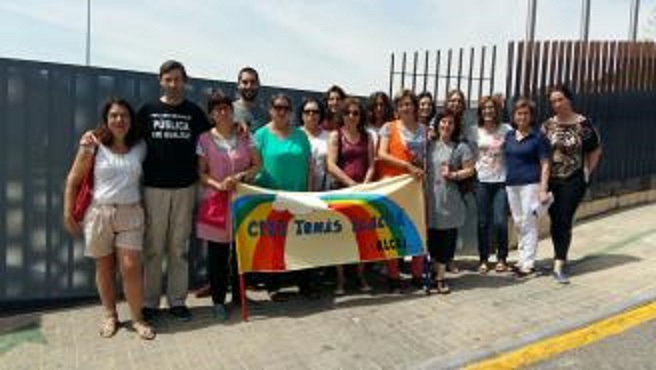
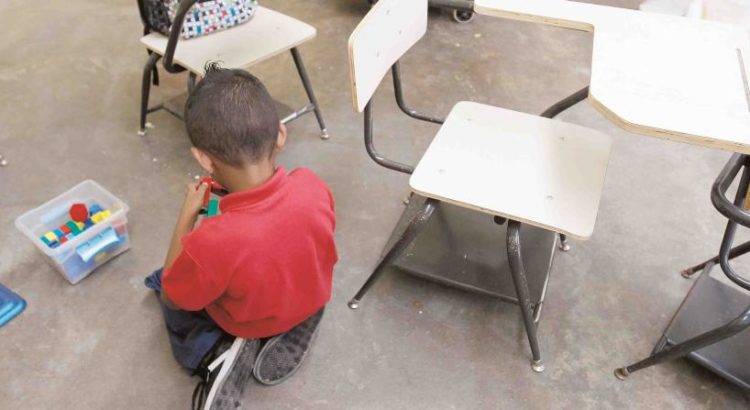
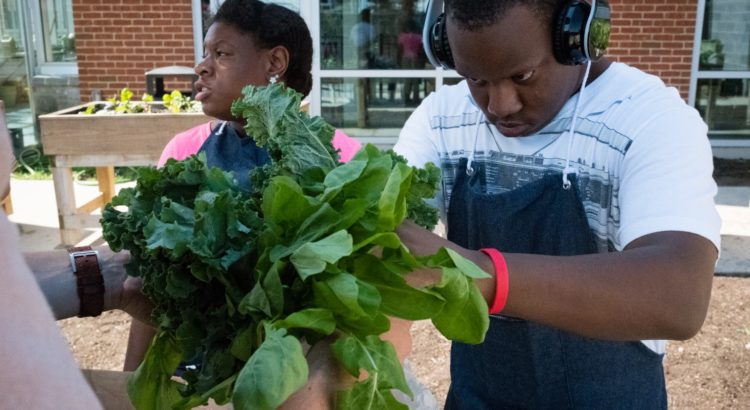




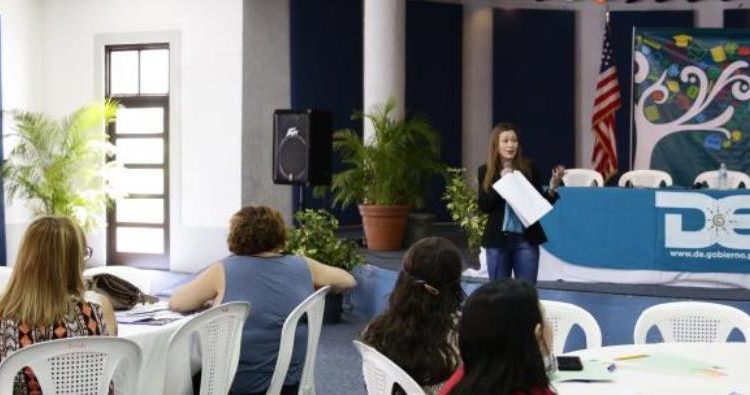

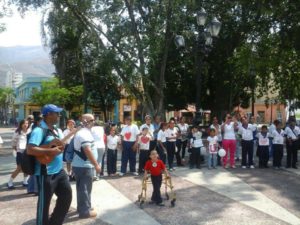







 Users Today : 21
Users Today : 21 Total Users : 35460152
Total Users : 35460152 Views Today : 35
Views Today : 35 Total views : 3418818
Total views : 3418818